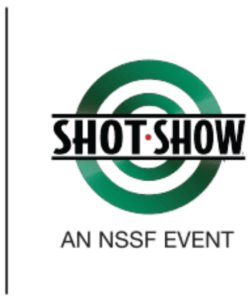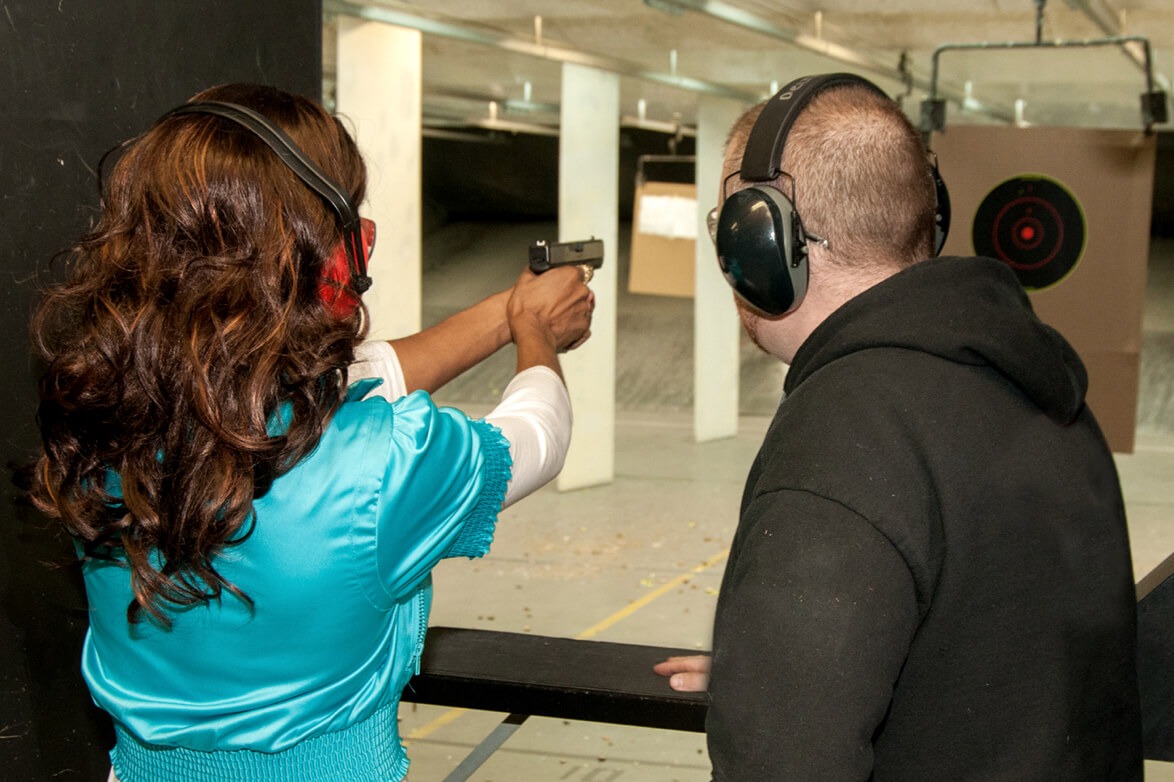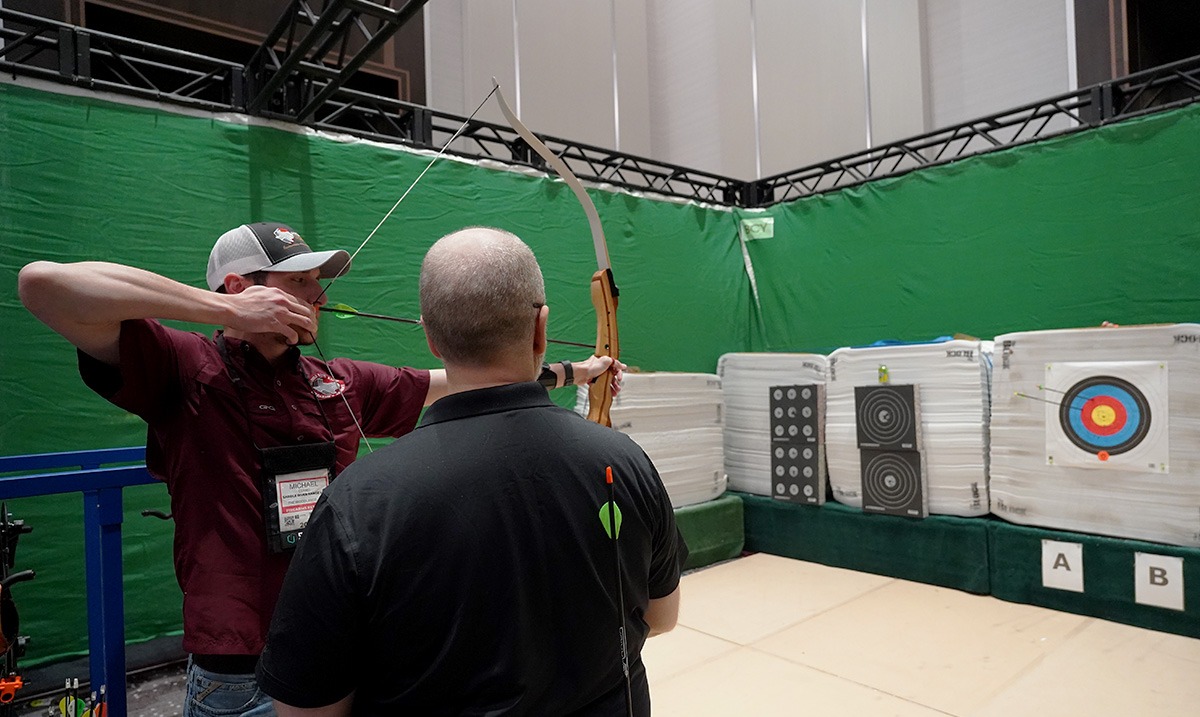 Back to News
Back to News
May 17, 2022
Ensuring Modern Day Hunting and Shooting Access is Critical for Future Generations
Hunting and recreational shooting sports are staples of American pastimes. Often, finding the time to get outdoors is a significant hurdle. For some respondents, free access to places to safely hunt and shoot is the real obstacle. In a 2012 partnership between Responsive Management and NSSF, a baseline report was conducted to understand this critical issue.
With support from an Association of Fish and Wildlife Agencies (AFWA) Multistate Conservation Grant, the report, “Assessing the Quality and Availability of Hunting and Shooting Access in the United States,” was produced. It provides current information on sentiment around access to hunting and recreational shooting sports.
Results Are In
The latest report had three key focal points: analyzing the current availability of public and private areas to hunt and shoot recreationally; determining how hunters and shooters rate access; and examining how the perception of access has changed over the past decade.
The continental United States has a plethora of hunting options for outdoorsmen and women. According to the hunters surveyed, white-tailed deer (79 percent) is the most sought-after game species, with wild turkey in second place (40 percent). All other species ranked 28 percent or less.
At ranges, recreational shooters primarily shot handguns. Unsurprisingly, the survey found hunters and shooters who live in urban and suburban areas need to travel the furthest and have the least access to land to enjoy their recreational activity.
Heading Afield
Hunting respondents reported that 56 percent chose to hunt almost exclusively on private land, 25 percent mostly hunt on public land and 19 percent hunt on both property types equally. A clear majority of hunters, 59 percent, relayed that they hunt private land that they do not own but have permission to hunt. Conversely, 41 percent of hunters said they use private land enrolled in walk-in access programs. These programs offer access to landowner-approved easements to hunt or access public land. These trends make sense when recognizing the topmost factor for hunters is choosing an area that is not crowded by other sportsmen. Nearly all hunters, 92 percent, reported overcrowding to be either very important or somewhat important.
Do You Have the Time?
Time and a place to hunt, 24 percent and 21 percent respectively, were top reasons given why hunters do not go afield. Almost a third of hunters reported that a combination of less land to hunt due to private land ownership, housing developments, land use changes or previously accessible private land had been sold and marked “no hunting” were significant hurdles for them when deciding whether to get outdoors. Of the 19 states surveyed, respondents reported about half with a favorable outlook on hunting access and management of land overall. Ratings of access to land for hunting decreased, with excellent or good responses decreasing to 47 percent in 2021 from 56 percent in 2010.
A majority of recreational shooters, 57 percent, shoot mostly on private land while 21 percent shoot almost exclusively on public land. Like their hunting counterparts, recreational shooters who utilize private land are typically not the actual landowner but choose their areas to shoot based on ease of access and a lack of other shooters or land users.
What’s In Your Wallet?
Not the least surprising, cost – rather than time or other obligations – was reported by all recreational shooters as a top factor affecting their enjoyment of the sport. Almost half, 43 percent, of recreational shooters noted that access constraints were a topmost concern. Both hunters and recreational shooters rely heavily on friends, family and word-of-mouth to source information on where to enjoy their recreational shooting activity of choice.
About a third of hunters and a quarter of recreational shooters used their state wildlife agency’s website or the U.S. Fish and Wildlife Service’s (USFWS) website for helpful resources on land access. Awareness of these resources can increase both access and utilization of land for hunters and shooters alike. Hunters and recreational shooters who learn of access to land where they can enjoy the outdoors will lead to more people adopting stewardship of the land. Increasing awareness of where outdoorsmen and women can go not only creates more participation but also fuels the economy of conservation through licensing and Pittman-Robertson funds but also the tertiary dollars spent to enhance the outdoor experience.
Increasing awareness of resources is a top recommendation regarding both hunter and sport shooter feedback. That is why NSSF’s Lets Go Hunting™ and Lets Go Shooting® campaigns are both great resources for all who are interested in America’s greatest pastime to find more information about opportunities and greater access to get outdoors.
You may also be interested in:
Categories: Featured, Government Relations, Hunting, Top Stories








